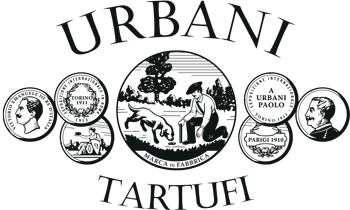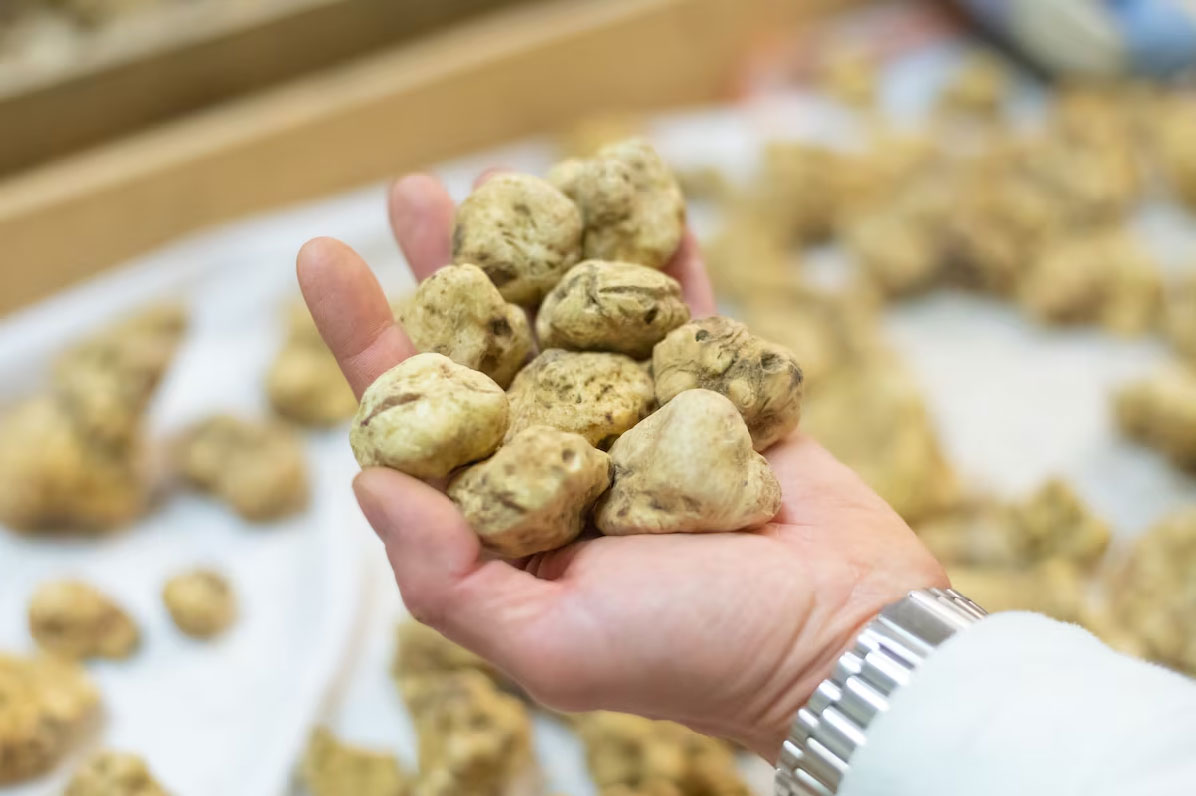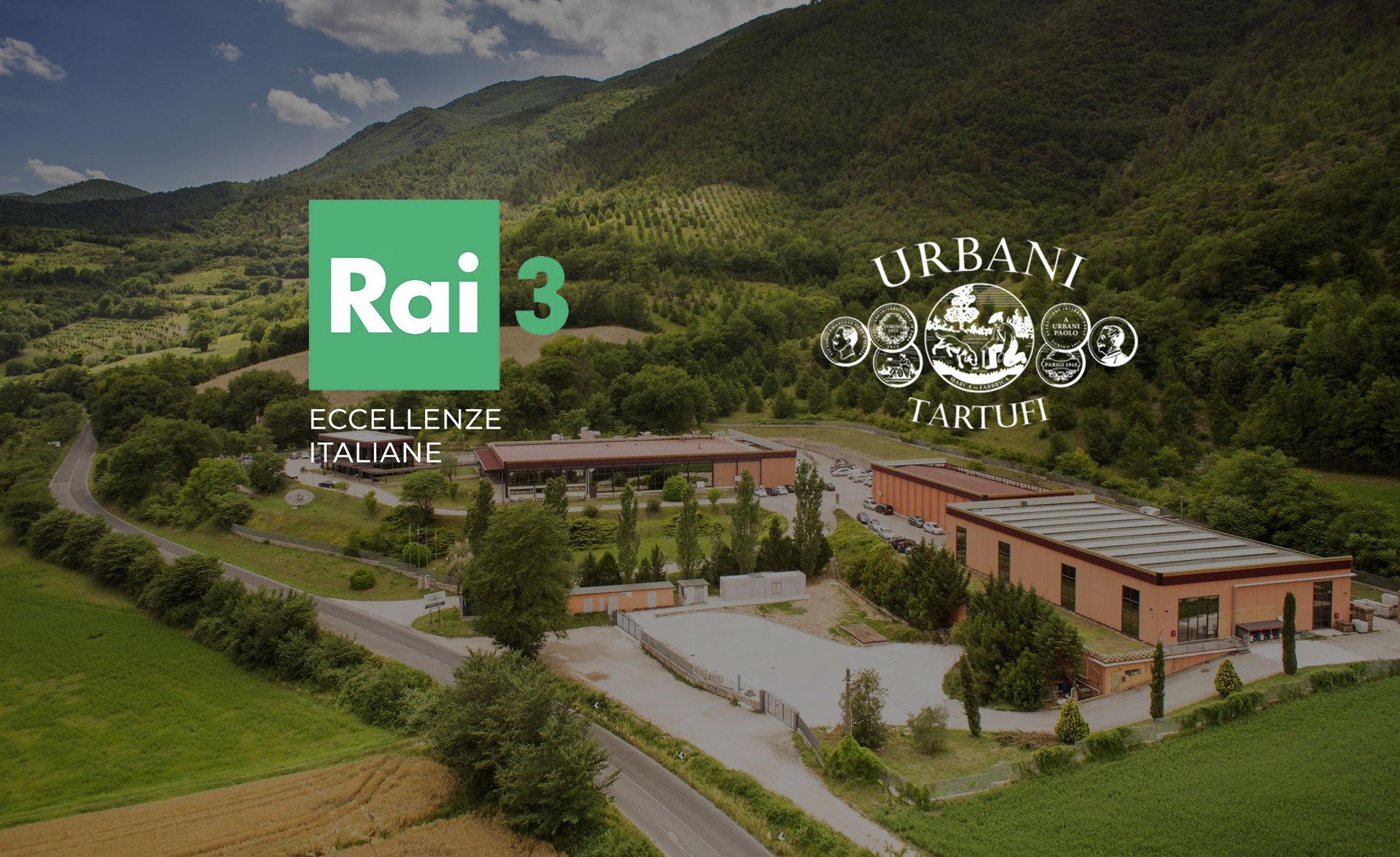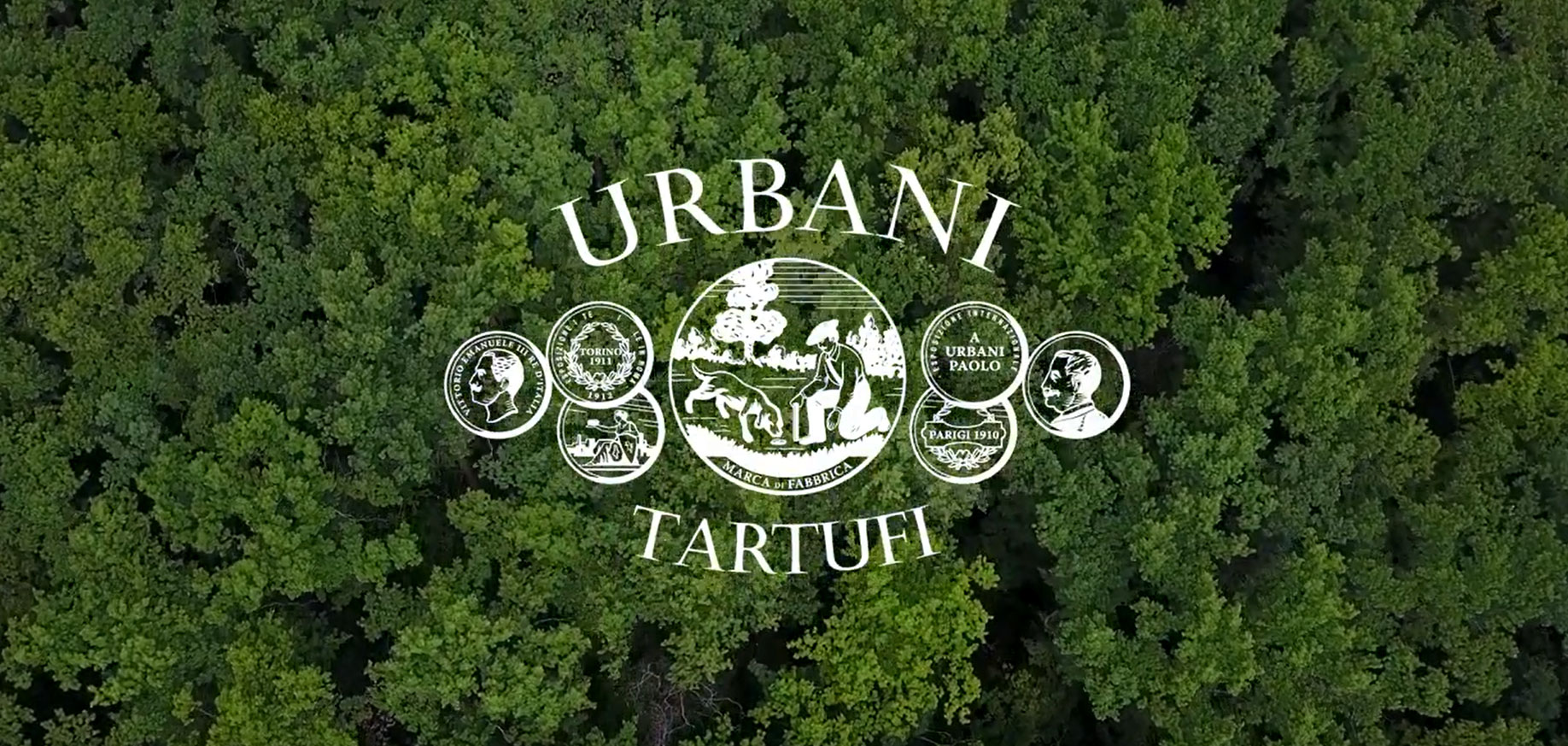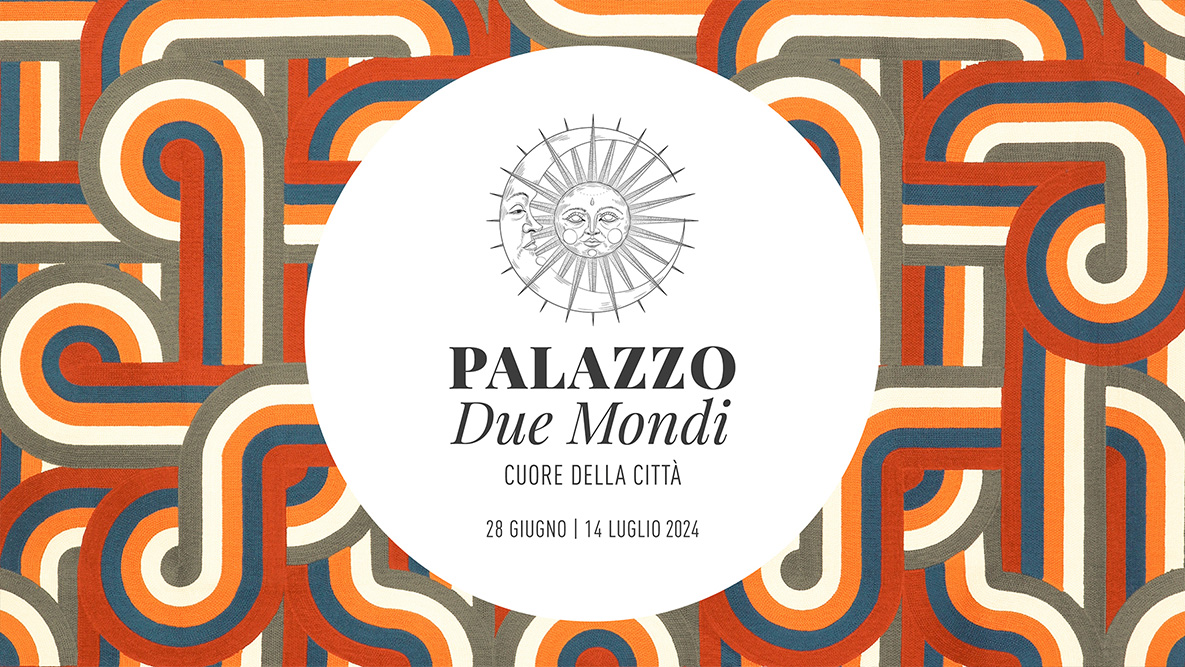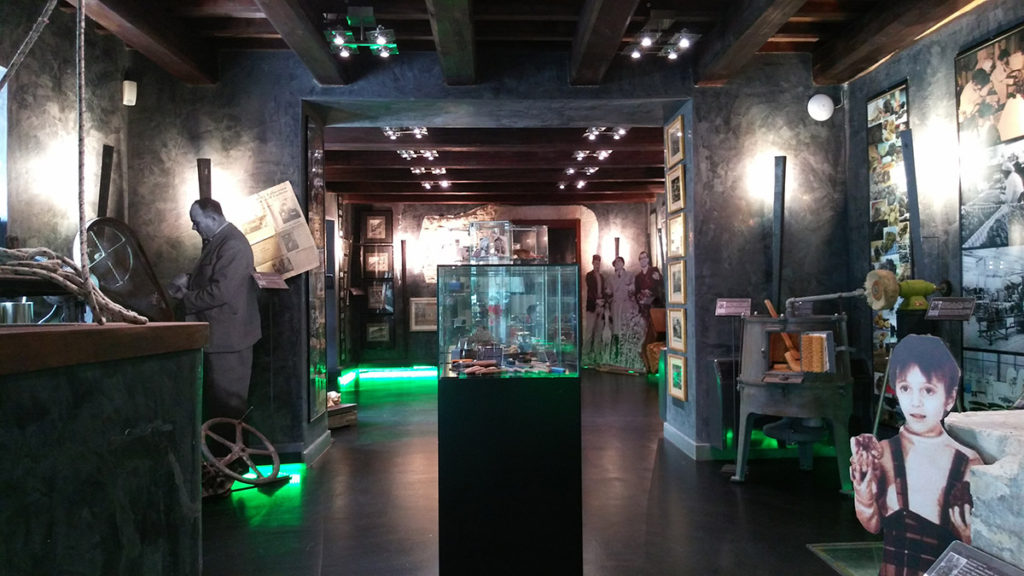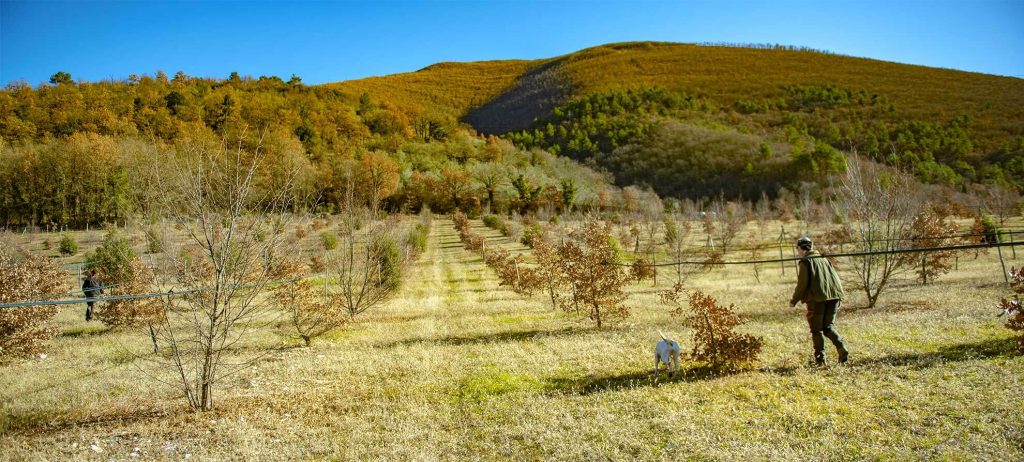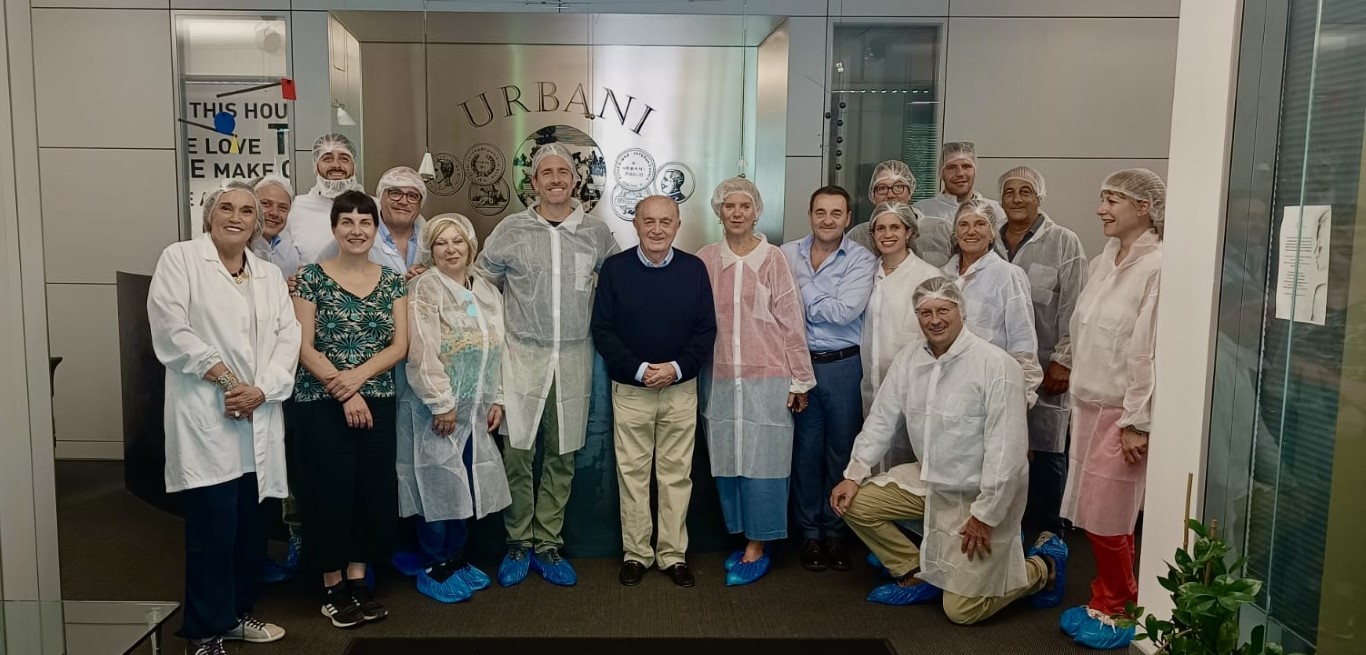Soaring global demand and outrageous prices have led Italians to change production tactics, carefully cultivating a fungus they once foraged from the wild
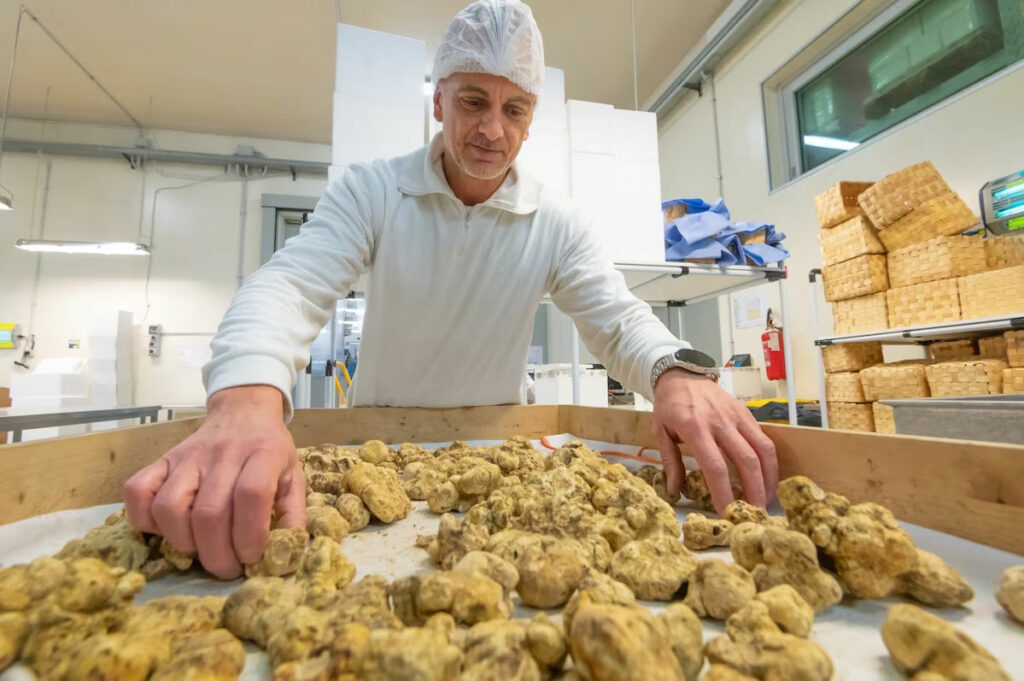
For centuries, truffle hunting and selling in Italy barely changed. The hunters, known as cavatori (excavators), would traipse along their secret forest routes with their hunting pigs. The animals would pick up the scent of mature truffles –variously described as oaky, nutty, pungent or garlicky – and dig them up. In recent decades, trained dogs replaced pigs for the very good reason that dogs are less gluttonous and thus less likely to eat the gnarly prizes.
And what prizes! Truffles, whether they are the black variety or the rarer white ones, are so valuable they are considered “dirty diamonds.” The cavatori would generally sell the truffles locally, to restaurants or at country markets, and sometimes use agents to export them.
Today, truffles are becoming a big business, especially in Umbria, the landlocked region in the middle of the Italian peninsula that forms the heart of the industry. Even smallish ones can be worth hundreds of euros; the bigger ones can fetch thousands.
The buyers increasingly are family-owned agribusinesses with worldwide sales networks. And more and more truffles are coming from specialty farms, where they are cultivated, though still entirely natural.
“The truffle system is in evolution,” said Ugo Giannantoni, an Umbrian agronomist who works as a truffle consultant to farmers and is a partner in a truffle farm himself. “Truffles have become a global market. For we Italians, truffles are a normal food, but overseas they are luxury products.”
The prices are outrageous and climbing, with wealthy Asians developing a taste for the subterranean fungi – as they did decades ago for fine French and Italian wines – and inviting truffle hunters, farmers and regional agriculture ministries to produce and export more.
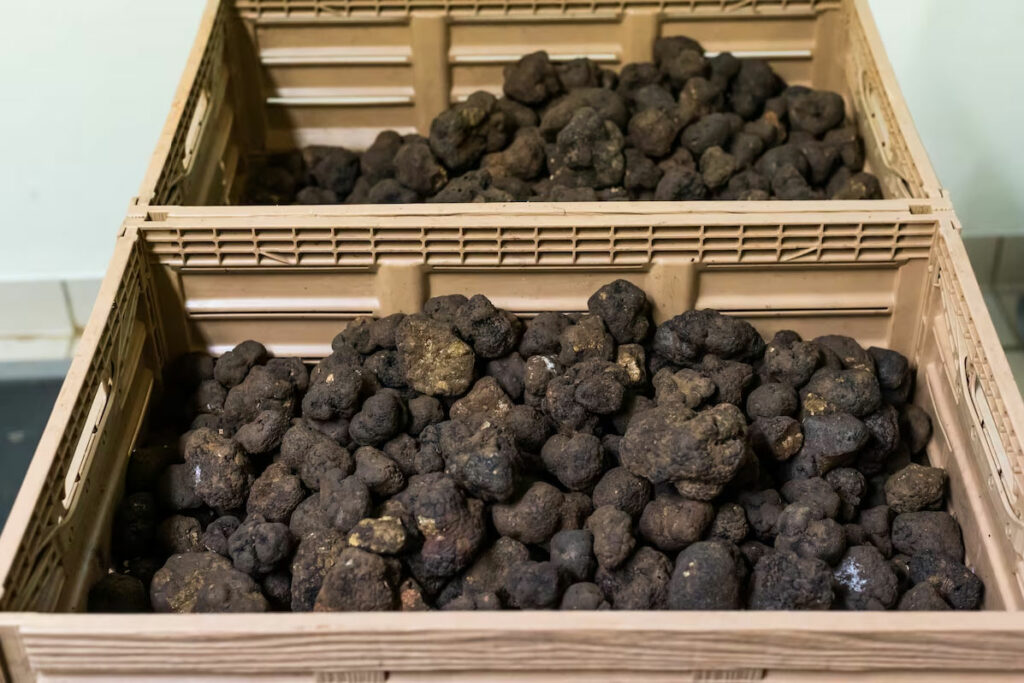
The Umbrian industry is happy to oblige. The late Hong Kong casino magnate Stanley Ho is thought to have paid the highest prices ever for truffles. He stunned the audience at a charity auction by bidding US$330,000 – the price of a Ferrari – for a white, 1.5-kilogram truffle in 2007. Two years later, he paid the same price for one that weighted 1.3 kilograms.
There is no transparent market price for truffles as there is for, say, oil or Florida orange juice. The price varies considerably based on the size of the truffle and its variety, the season, the local supply and the buyer. High-end restaurants often pay a premium of 50 per cent or more for white truffles.
Other factors that influence prices range from climate change, which is reducing the Italian harvest, to competition from Chinese black-market truffles, whose true origins may not be known by the buyer. Even the supply of highly trained truffle-hunting dogs, which are needed to find both wild and cultivated truffles, comes into play – the fewer the dogs, the lower the supply, the higher the price. Truffle hunters can be vicious with rivals. Stories of dogs killed with poisoned meatballs or water are rife.
In December, the U.S. website of Umbria’s Gruppo Urbani Tartufi, Europe’s oldest distributor and exporter of truffles, listed the price for eight ounces (227 grams) of white truffles from Alba, in the Piemonte region of northwestern Italy, for US$3,890. A similar amount of the far more common black winter Umbrian truffles, whose season runs from December through March, was priced at US$1,095.
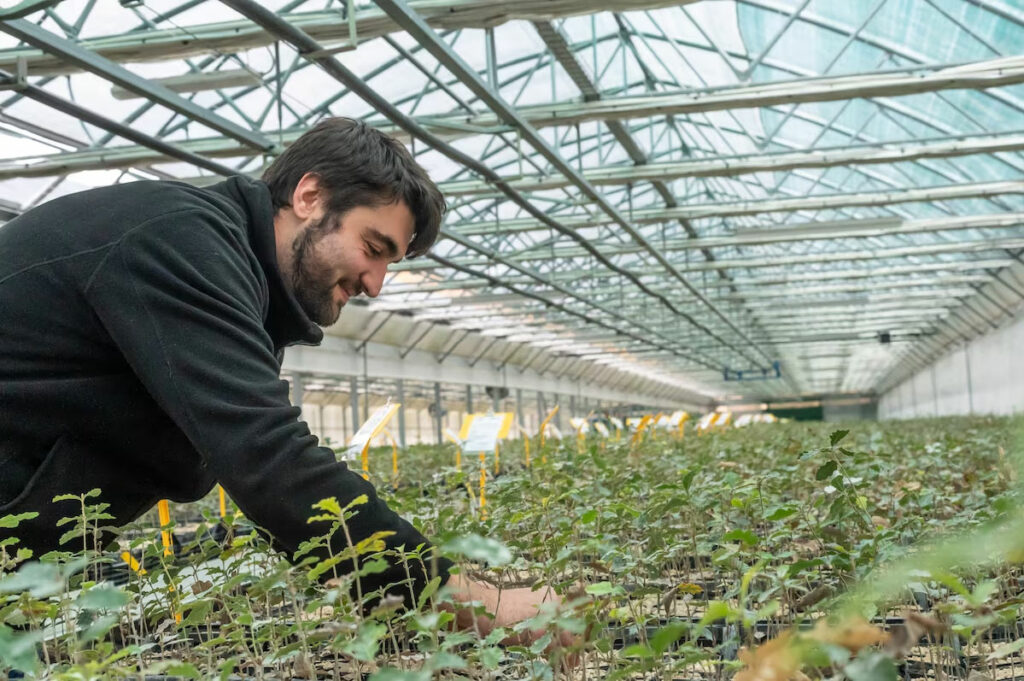
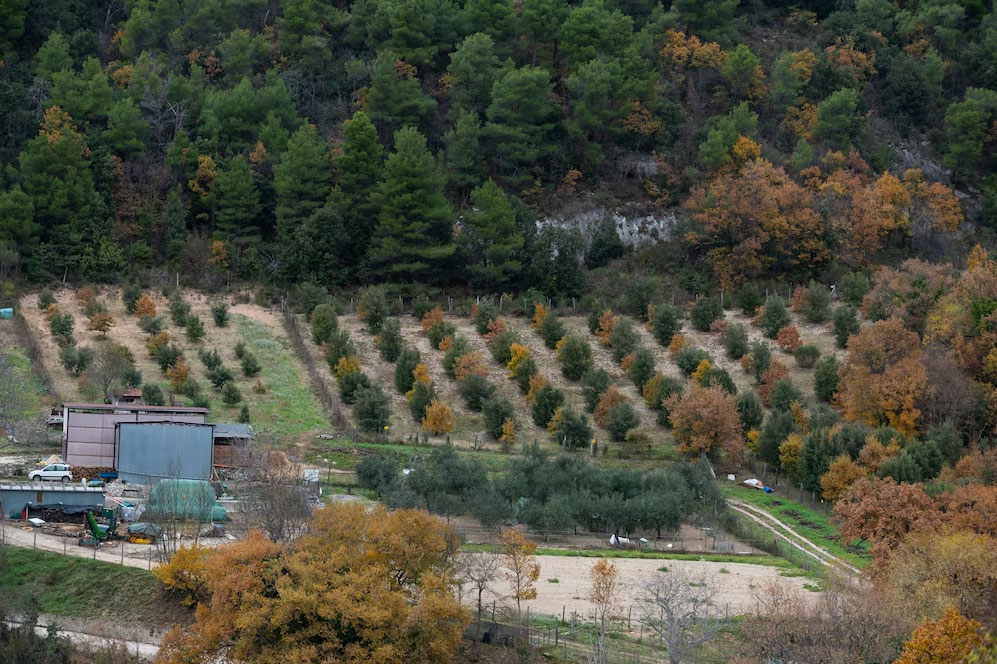
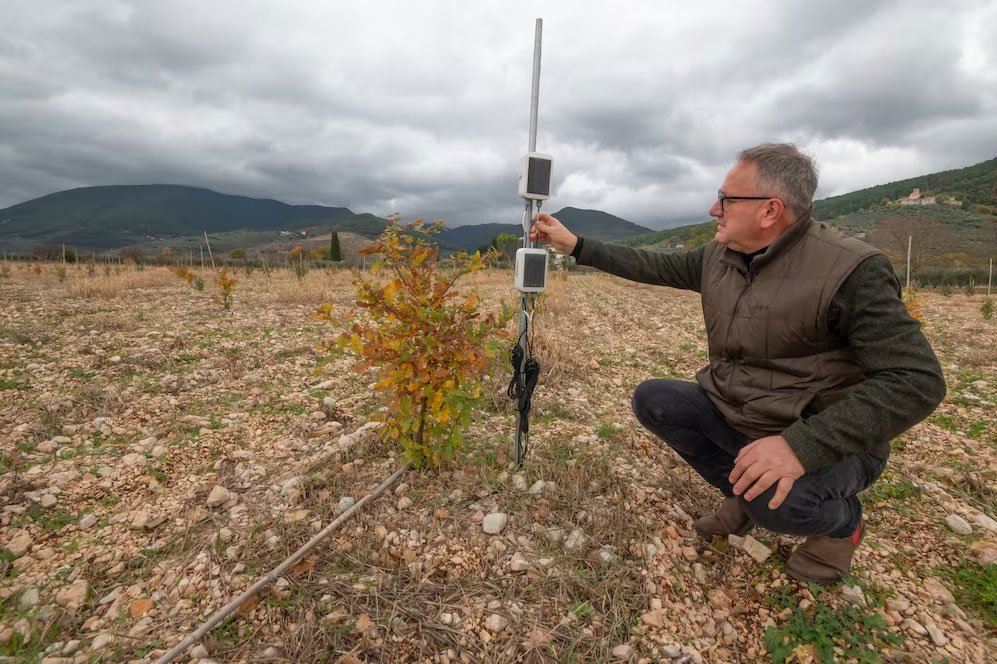
The biggest change on the production side has come in the past decade or so, with the introduction of cultivated truffles – a rapidly expanding business in Umbria, which now has some 1,000 hectares of truffle farms. The term is a bit of a misnomer, because they look more like tidy little forests than agricultural land.
The process starts in a nursery, where thousands of saplings – oaks, hazels, hornbeams – are grown. Their roots are inoculated with truffle spores, and the saplings are left in the nursery for two to four years, after which they are transplanted on various privately owned plots of land. After five or six years, truffles of commercial value can be dug up. The Umbrian regional government pays about 60 per cent of the cost of converting unused private land into truffle-producing plots.
A lot can go wrong. Fences around the plots, for instance, have to be constantly repaired. “We need the fences because the wild boars eat the truffles,” Mr. Giannantoni said. “They can eat €1,000 worth of truffles in three hours.”
The Globe and Mail visited a five-hectare truffle plot managed by Truffleland, a division of Urbani. Last year, it produced 100 kgs of black truffles, worth about €80,000.
On a chilly day in early December, Riccardo Cesari, Truffleland’s general manager, found entirely by chance a fairly large, coal-black truffle with his bare hands near the base of a tree – no dogs were involved.
“We came here yesterday with dogs, and they did not find this particular truffle, even though it was close to the surface,” he said. “The truffle was not giving off an odour, which means it was not mature.”
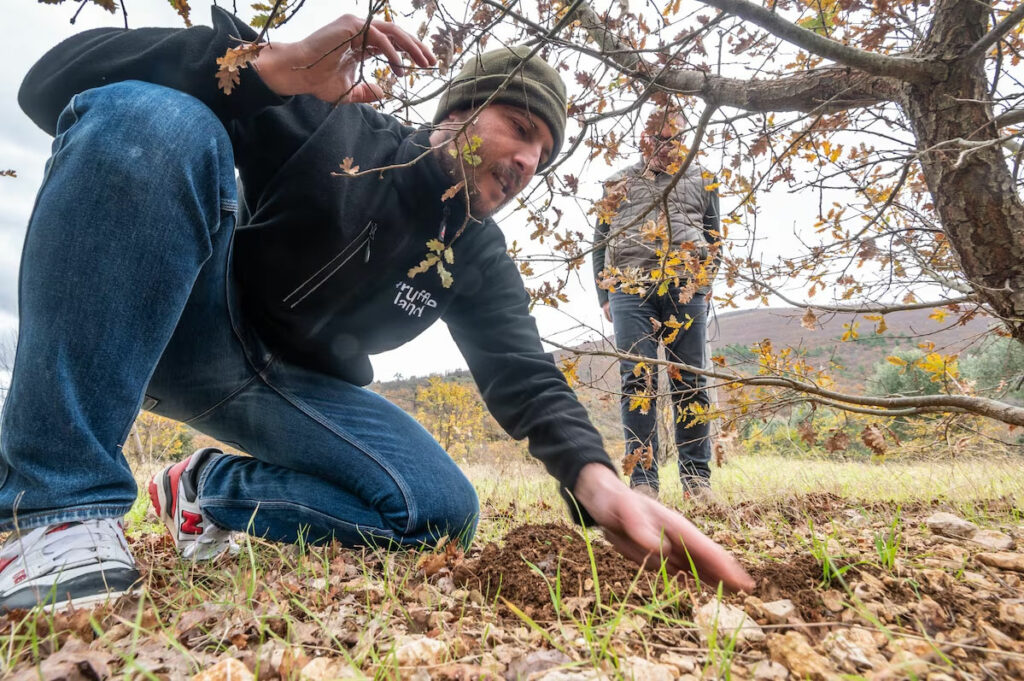

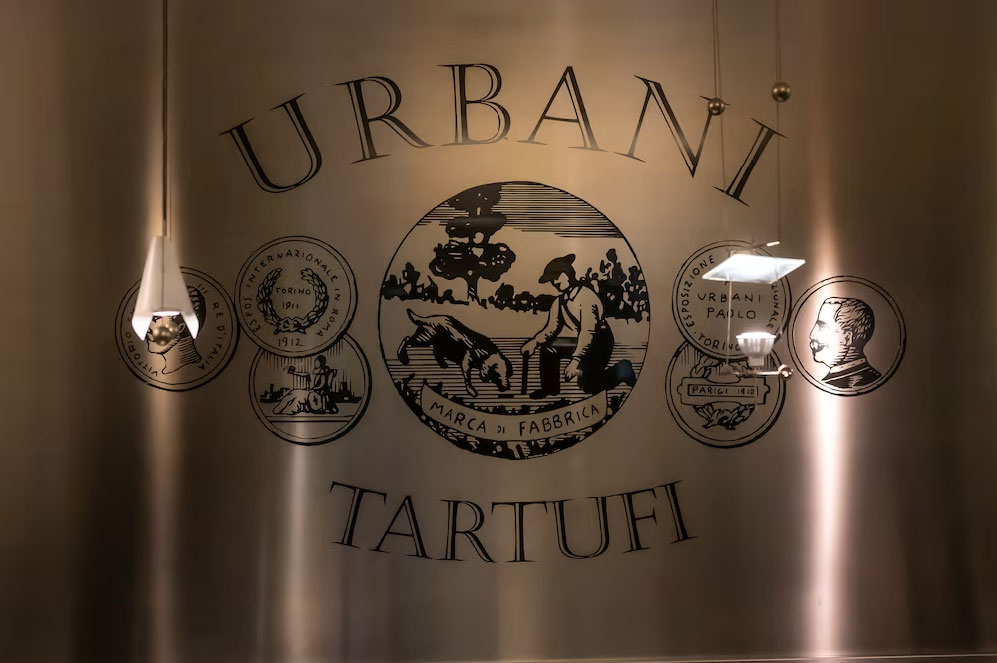
If cultivation is the biggest change on the harvesting side of the truffle industry, the rise of companies such as Urbani is the biggest change on the business side.
Urbani was founded in 1852 in Umbria by Constantine Urbani. He exported truffles to France, exploiting the French craving for the food, and soon added Germany and Switzerland to his distribution list. The company is now run by the sixth generation of Urbanis.
Its sleek headquarters in the countryside outside Spoleto includes a truffle cleaning, sorting and packaging centre and a truffle museum, whose attractions include a thank-you letter signed in November, 1968, by then-U.S. president-elect Richard Nixon. He and his wife, Pat, had received a gift box of Urbani truffles that were used, he wrote, for a “delectable” truffle chicken dish.
Andrea Pascolini, the general director of Urbani and one of the few non-family members at the top of the company, sees steady expansion ahead for Italy’s leading truffle company, whose products also include porcini mushrooms and a vast range of packaged goods such as truffle-infused olive oil and butter.
Sales are running at €80-million a year, mostly from the export of fresh truffles. “The market keeps expanding, with China, Singapore and Taiwan the newest markets,” he said. “This business has so much potential. Italian companies cannot compete on volume but we can on quality. We are exporting a piece of Italian luxury –truffles – to the world.”
Source link here
